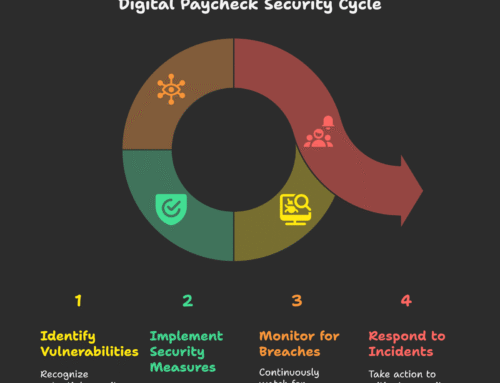The world is moving to an online ecosystem through which we purchase things, communicate with people, and plan our daily lives. For businesses, this means adapting to a different way of communicating from the traditional in-person and over the phone methods. Online communication can be tricky, especially in a business setting. Here are five of the key things to remember when building online communication skills for business professionals.
1. Passing the Three Gates
Before you send anything online, you should take a moment to ensure it passes the Three Gates:
- Is it true?
- Is it helpful?
- Is it respectful?
Everything you communicate, whether through email or social media, should be necessary to convey, truthful, and spoken in a respectful tone.
The Three Gates not only creates a communication framework, but it also helps people take a moment before responding. This is essential as online conversations can get inflammatory.
2. Purpose Matters
Online communication should always have a purpose that’s put at the forefront of the message. Whether you’re emailing to transfer large files to a colleague or answering a customer inquiry, stating the purpose is essential.
Identifying and stating a purpose helps prevent tangents and overly wordy communications that cause confusion and frustration. Furthermore, in an online ecosystem, it’s necessary to have searchable metrics included in your interactions. That way, when you have to revisit a conversation weeks later, you know what keywords to use to find the pertinent information.
3. Synchronous versus Asynchronous Communications
It’s important to know the difference between synchronous (real-time) and asynchronous (delayed) conversations. For example, a live chat with a customer or colleague would be a synchronous conversation that’s happening live. Comments on social media or a forum are asynchronous, meaning they happen on the participant’s own time.
There are pros and cons to each form of communication, and skills you will need to enable to interact effectively in each setting. When using asynchronous communication, you must ensure response deadlines are met, adequate information is included, and calls to action or needs are identified. The benefit of asynchronous communication is that you have time to massage your responses rather than answering impulsively.
Synchronous communication can be useful as it allows you to tackle an issue right away. When using synchronous communication, it’s essential to take a pause and ensure you’re understanding and conveying yourself clearly before responding. Identify when there will be breaks in the conversation as you tackle an issue.
4. Use the Seven C’s of Communication
The Seven C’s of Communication is a great guideline to follow when conversing online in a business setting. They include:
- Clarity – is your message clear and easy to understand?
- Complete – have you included the pertinent information?
- Concise – have you trimmed the fat and explained things simply and directly?
- Concrete – is the information factual, and are vague points addressed?
- Courteous – are you conveying the information in a kind manner?
- Correct – have you scanned for spelling, grammar, punctuation, and word flow?
- Consideration – are you considering how the recipient will take the news and creating a comfortable environment?
The Seven C’s of Communication are a crucial component of both online and in-person communication for a business. Keep these in mind whenever you interact with employees, customers, co-workers, management, etc.
5. Replacing Verbal Cues with Conveyed Emotion
One of the most challenging aspects of online communication for businesses is the removal of critical components of a conversation. Having a conversation isn’t just what you say; it’s how you say it. Beyond your words are the tone of your voice, body language, and expressions. In an online setting, those things are often lost, which can create ambiguity and misunderstandings. When speaking in an online environment, use punctuation, phrasing, and even graphics to convey your tone. While emojis don’t have a foothold in formal business communication, they work well in a B2C environment when engaging via live chat or social media with consumers.
By practicing these online business communication skills, you’ll increase the effectiveness of communication and create a brand culture of engagement and collaboration.







Leave A Comment